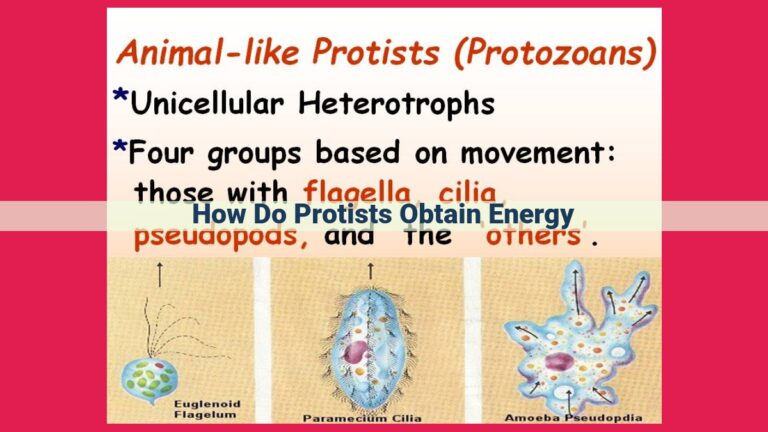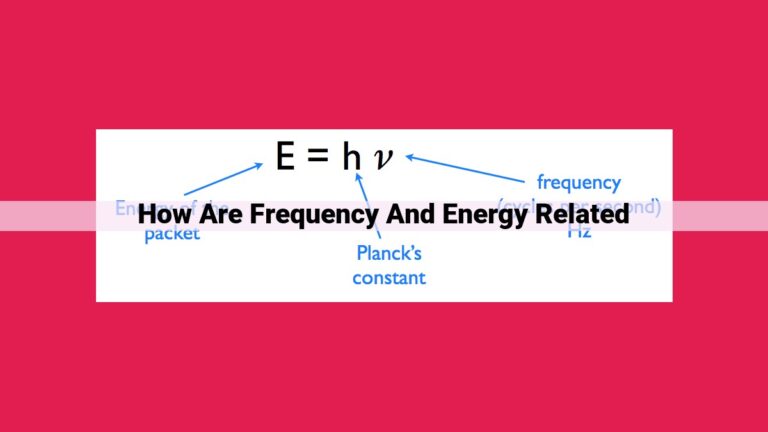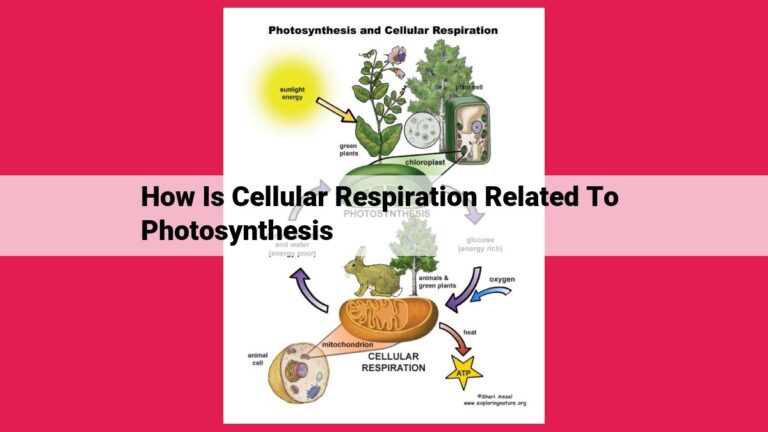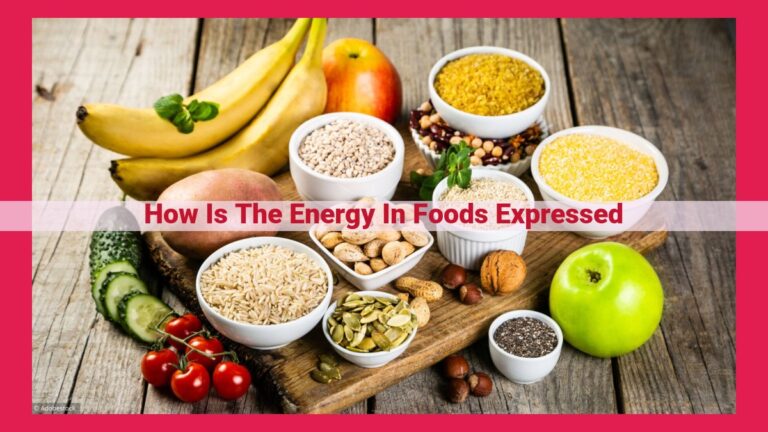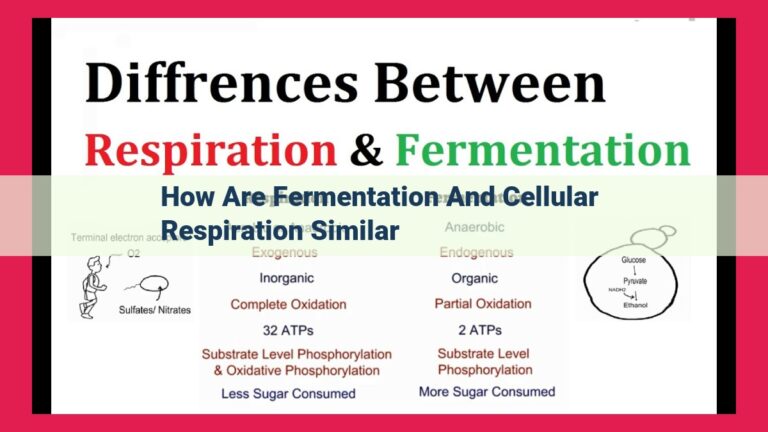Mitochondrial Oxidative Phosphorylation: Unlocking Cellular Energy Through Proton Gradient
Within mitochondria, the energy production process involves the electron transport chain, where electrons from NADH and FADH2 drive the pumping of protons across a membrane, creating a proton gradient. This gradient drives ATP synthase, an enzyme that uses the proton flow to synthesize ATP, the cell’s energy currency. This process, known as oxidative phosphorylation, generates most of the cell’s energy, powering essential cellular functions.
Mitochondria: The Powerhouse of the Cell
- Explain the role of mitochondria as the energy producers of the cell.
Mitochondria: The Energy Powerhouse that Drives Your Cells
In the bustling city of your body, there are tiny organelles that play an indispensable role in keeping you alive and thriving – mitochondria. Often referred to as the powerhouses of the cell, these organelles produce energy that fuels every aspect of your cellular operations.
Mitochondria: The Energy Factory
Imagine your mitochondria as intricate factories, lined with tiny structures called cristae. Within these factories, a highly efficient process known as oxidative phosphorylation takes place. This process is the key to generating the energy that powers your cells.
Electron Transport Chain: A Chain Reaction of Energy
At the heart of oxidative phosphorylation lies the electron transport chain, a series of protein complexes that line the cristae. As electrons pass through this chain, their energy is harnessed to pump protons across the membrane, creating a difference in electrical potential across the membrane.
Proton Gradient: The Driving Force
This proton gradient is like a battery, providing the energy needed to drive the next step of energy production. As protons flow back down the gradient, they power an enzyme called ATP synthase.
ATP Synthase: The ATP Factory
ATP synthase is the enzyme that assembles ATP, the cellular fuel that powers all your cellular functions. The proton gradient drives the spinning of ATP synthase, allowing it to combine ADP and inorganic phosphate to create ATP.
NADH and FADH2: The Electron Carriers
To kickstart the electron transport chain, electrons are carried to it by molecules called NADH and FADH2. These molecules are generated during cellular respiration, the process that breaks down food into energy.
ATP: The Cellular Currency
ATP, the product of this intricate energy production process, is the molecular currency of life. It powers everything from muscle contractions to nerve impulses, and is essential for cellular survival and function.
Without mitochondria, our cells would be energy-starved, unable to perform their vital functions. These tiny powerhouses are the unsung heroes of our cellular symphony, ensuring that we have the energy we need to live and thrive.
Electron Transport Chain: The Energy-Releasing Powerhouse
In the heart of every living cell lies a remarkable organelle known as mitochondria. It’s often hailed as the cell’s powerhouse, but to truly appreciate its role, we must delve into the intricate workings of the electron transport chain within its depths.
Imagine a conveyor belt, transporting electrons through a series of protein complexes. As these electrons move along, their energy is harnessed through a process called oxidative phosphorylation. This process, akin to a well-oiled machine, allows mitochondria to generate ATP, the essential energy currency of the cell.
The electron transport chain is a marvel of molecular architecture, composed of four protein complexes, each with a specialized role:
- Complex I and Complex II receive electrons from NADH and FADH2, respectively. These molecules carry electrons from energy-yielding reactions in the cell.
- Complex III and Complex IV shuttle the electrons through the chain, creating a proton gradient across the inner mitochondrial membrane.
This proton gradient is the key to energy generation. As protons flow back into the mitochondrial matrix through a protein complex called ATP synthase, their movement drives the synthesis of ATP. ATP is the universal fuel that powers all cellular processes, from muscle contraction to neural communication.
The electron transport chain, with its delicate balance of electron transfer and proton gradients, is a testament to the remarkable complexity of life. It’s a symphony of molecular machinery, essential for sustaining the vital functions of every living cell.
Oxidative Phosphorylation: ATP Production
The electron transport chain, a powerhouse within the mitochondria, generates an energy-rich environment through a series of oxidation-reduction reactions. This energy is harnessed to drive oxidative phosphorylation, a vital process that converts ADP, the inactive form of energy, into its active counterpart, ATP.
Oxidative phosphorylation takes place in the inner mitochondrial membrane, containing the enzyme ATP synthase. This remarkable enzyme possesses a rotor-like structure that spins when protons flow through the membrane. The force of this rotation provides the energy needed to combine ADP and inorganic phosphate, forming the biologically active ATP.
ADP and inorganic phosphate wait patiently in the mitochondrial matrix, awaiting their transformation into ATP, the universal energy currency of the cell. ATP acts like a rechargeable battery, powering countless cellular functions, from muscle contraction to protein synthesis.
As protons traverse the membrane, they establish an electrochemical gradient, a driving force that propels ATP production. The electron transport chain, like a tireless worker, pumps protons across the membrane, creating this gradient.
Oxidative phosphorylation is a testament to the marvels of cellular machinery. It transforms the energy released from electron transport into ATP, the lifeblood of every living cell. Without this process, our bodies would be starved of energy, unable to carry out the fundamental tasks that sustain life.
Proton Gradient: Driving Force
- Discuss the proton gradient, its establishment, and its role in driving ATP production.
Proton Gradient: The Driving Force Behind Energy Production
As we delve deeper into the miraculous machinery of the cell, we encounter the proton gradient, a pivotal force that orchestrates the production of ATP, the cell’s lifeblood. Imagine a river flowing through a landscape, carrying with it the potential energy of its elevation. In a similar fashion, the proton gradient is a cascade of H+ ions that flow through the inner mitochondrial membrane, harnessed to unleash the power hidden within.
The proton gradient is established as electrons dance through the electron transport chain, releasing energy in their descent. This energy powers the pumps embedded in the membrane, pumping H+ ions from the mitochondrial matrix into the intermembrane space. Like a growing pile of water behind a dam, the concentration of H+ ions increases, creating a steep gradient.
This gradient is the driving force that propels ATP production. Embedded in the inner membrane, the ATP synthase enzyme resembles a microscopic turbine. H+ ions rushing down the gradient through this turbine’s channels spin a rotor, generating mechanical energy. This energy is then used by ATP synthase to bind ADP and inorganic phosphate, forging them into the energy-rich ATP molecules that fuel every cellular process.
In a beautiful dance of nature, the proton gradient not only provides the power but also regulates ATP production. As ATP synthesis depletes the proton gradient, the rate of electron transport slows, ensuring that the energy supply matches the cellular demand. This intricate feedback mechanism maintains a delicate balance, guaranteeing the cell’s survival and optimal performance.
ATP Synthase: The ATP Factory of the Cell
The bustling metropolis of the cell is a hive of activity, with organelles performing specialized tasks to sustain life. Among these, the mitochondria stand out as the energetic powerhouses, generating the fuel that powers the cell’s machinery. And at the heart of this energy-generating process lies a crucial enzyme complex: ATP synthase.
Assembly of the ATP Factory
Imagine a tiny molecular machine, composed of a revolving central rotor embedded in a stationary base. This is the structure of ATP synthase. The rotor is made up of three protein subunits, each harboring a binding site for adenosine diphosphate (ADP) and inorganic phosphate (Pi).
The Energy-Converting Miracle
As protons rush down the proton gradient, they enter the base of the ATP synthase. This influx of protons drives the rotation of the rotor, which in turn causes conformational changes in the ADP and Pi binding sites.
Turning ADP into ATP
Through a series of precise molecular movements, ADP and Pi molecules are aligned within the binding sites. With the aid of a magnesium ion, these components undergo a chemical transformation, resulting in the formation of adenosine triphosphate (ATP).
The Cellular Energy Currency
ATP, the cellular energy currency, is the universal fuel that powers countless processes within the cell, from muscle contraction to nerve impulse transmission. Its synthesis by ATP synthase is a vital step in the cell’s energy production pathway.
Regulation of ATP Production
The rate of ATP production by ATP synthase is tightly regulated to meet the changing energy demands of the cell. Factors such as the availability of protons, ADP, and oxygen influence the enzyme’s activity.
ATP synthase stands as a testament to the intricate choreography that orchestrates cellular life. Its role in ATP production is fundamental to the cell’s ability to function and thrive. Without this remarkable molecular machine, the cell would be left powerless, unable to perform its essential tasks. Thus, ATP synthase remains an indispensable component of the cellular energy landscape, ensuring that the cell’s lights stay on and its machinery keeps humming.
NADH and FADH2: The Essential Electron Carriers in Energy Production
In the bustling realm of the cell, mitochondria stand as the powerhouses, generating the energy that fuels every cellular process. At the heart of this energy-generating machinery lies a crucial duo: NADH and FADH2. These molecules serve as the electron carriers, transporting electrons to the electron transport chain, a key component in the cell’s intricate energy production system.
Imagine NADH and FADH2 as small but mighty messengers. They scavenge electrons from various metabolic pathways, carrying them like precious packages to the electron transport chain. This chain is a series of membrane-bound proteins, resembling a tiny electrical grid within the mitochondria. As the electrons travel down this chain, they release energy, which is harnessed to drive a critical process known as oxidative phosphorylation.
Oxidative phosphorylation is the grand finale of cellular respiration, where the energy released from the electron transport chain is utilized to create ATP, the universal energy currency of the cell. ATP Synthase, an enzyme embedded in the mitochondrial membrane, plays the role of the ATP factory, using the energy from the proton gradient to synthesize ATP molecules.
NADH and FADH2, by delivering electrons to the electron transport chain, set in motion this intricate cascade of reactions, providing the cellular fuel that powers all aspects of life within the cell. They ensure a constant supply of energy, enabling cells to perform essential functions, from muscle contraction to nerve impulse transmission. Without these tireless electron carriers, the cell would grind to a halt, its vital processes starved of their essential energy source.
ATP: The Cellular Fuel: Energizing Life’s Processes
In the bustling metropolis of a living cell, a hidden powerhouse orchestrates an intricate dance that fuels every vital function: the mitochondria. Within these tiny organelles, a symphony of biochemical reactions unfolds, culminating in the creation of ATP, the cell’s lifeblood – its energy currency.
ATP (Adenosine Triphosphate) is the universal power source for all cellular activities, from muscle contractions to nerve impulses and chemical reactions. Like a microscopic battery, each molecule of ATP stores a high-energy phosphate bond that acts as an energy “token.” When cells need a burst of energy, they “spend” this token, breaking the phosphate bond and releasing the stored energy.
Imagine your cell as a bustling city filled with factories, offices, and homes. Each cellular activity, whether it’s protein synthesis, signaling, or waste removal, requires a steady supply of energy. ATP acts as the fuel, powering every aspect of this bustling metropolis.
Without a constant supply of ATP, cellular functions would grind to a halt, leaving the cell unable to perform its essential tasks. It’s like a city without electricity – everything would be at a standstill. ATP is truly the lifeblood of the cell, enabling it to thrive and fulfill its myriad functions within the larger ecosystem of the body.

